
Here are the top five articles that the editors of Spectroscopy published this week.

Here are the top five articles that the editors of Spectroscopy published this week.

Scientists from Duke University in Durham, North Carolina recently tested a surface-enhanced Raman scattering (SERS) spectroscopy system for detecting the SARS-CoV-2 virus.

Pakistani scientists recently used surface-enhanced Raman spectroscopy (SERS) to characterize the metabolites of sulfuric compounds.

Scientists are using Raman spectroscopy and AI technology to streamline the pathological classification process.

Scientists from the Lodz University of Technology in Lodz, Poland created a new system to analyze normal and cancer human colon cells.

Chinese scientists recently made a surface-enhanced Raman scattering (SERS)-based approach to detect synthetic antioxidants in food samples.

Here are the top five articles that the editors of Spectroscopy published this week.
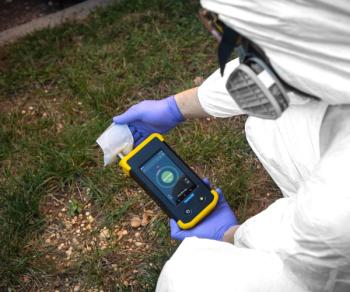
Metrohm has launched a website that details the use of portable Raman spectroscopy instrumentation to detect fentanyl, and other manufacturers are joining the battle too.

Here are the top five articles that the editors of Spectroscopy published this week.

Chinese scientists recently combined confocal microscopy and an echelle-grating spatial-heterodyne Raman spectrometer (CM-ESHRS) to create a new system for detecting microplastics.

Scientists at the Analytica conference in Munich, Germany delivered lectures on using techniques such as Raman and tunable diode laser absorption spectroscopy to analyze gas in the environment.

Here are the top five articles that the editors of Spectroscopy published this week.

Scientists from the Czech Republic developed an automated classification pipeline meant to provide real-time in vivo examinations of normal and cancerous colorectal tissue.

Rigaku Analytical Devices has been awarded a third year of funding for a TSA contract dedicated to creating better-optimized screening equipment.

In this article, the editors of Spectroscopy present an overview of the latest trend in Raman spectroscopy.

The instrument manufacturer recently made updates to its Raman library, in addition to launching two new analyzers.

Here are the top five articles that the editors of Spectroscopy published this week.
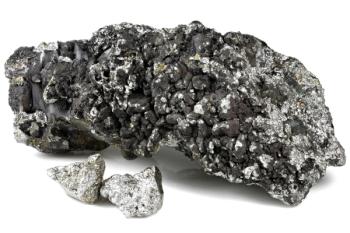
In a recent study from Ghent University and Charles University, scientists analyzed layered manganese oxide structures using different Raman spectroscopy techniques.

Here are the top five articles that the editors of Spectroscopy published this week.
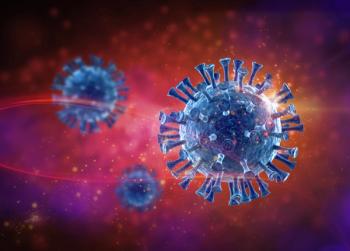
In a recent study, spectroscopy-based detection protocols were used to detect Covid-19.

Raman spectroscopy has not been used in the electroceramics industry extensively. However, according to the authors of this study, a shift is underway to change that.
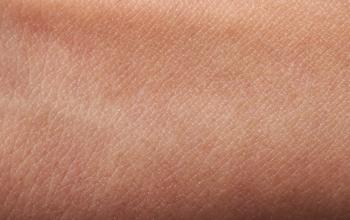
Scientists from the Beijing Technology and Business University in Beijing, China recently evaluated the capabilities of ceramide nanoemulsions (NEs) using confocal Raman spectroscopy.

A recent study from the Southern University of Science and Technology proposes a new Raman spectral preprocessing scheme based on self-supervised learning (RSPSSL).

In a new study, scientists are investigating Raman spectroscopy as a technique for monitoring postmenopausual osteoporosis.
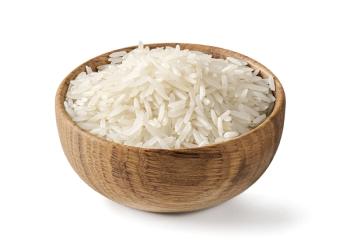
Scientists from Hirosaki University Graduate School of Science and Technology in Japan evaluated the eating quality of white rice samples using Raman spectroscopy.